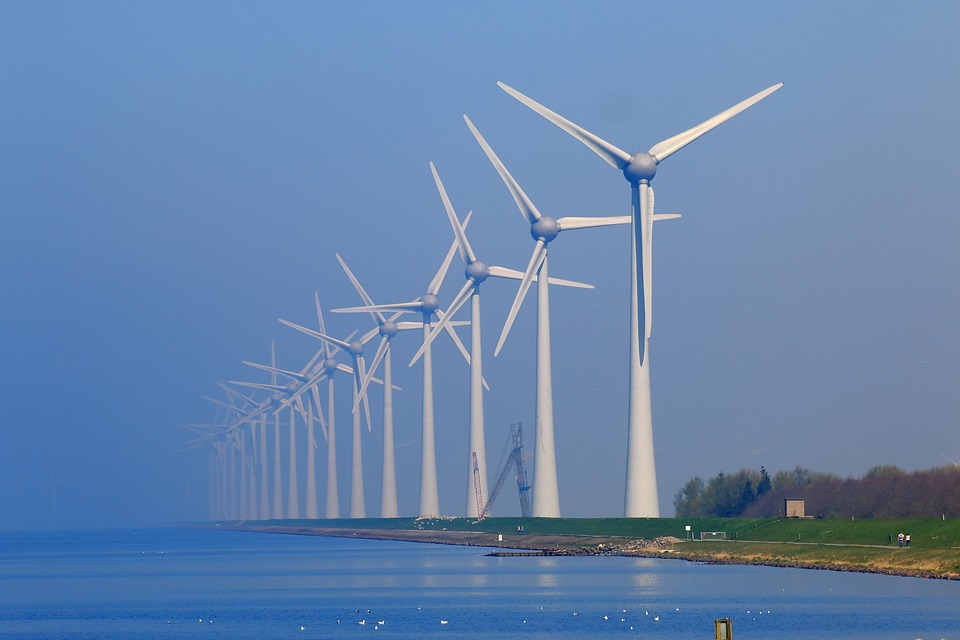India could be exporting wind energy globally by 2022 if the government makes good its commitment of attaining 40% of power from non-fossil fuels by 2030. The Indian Wind Turbine Manufacturers Association (IWTMA) has announced that the Indian Wind industry will meet the government’s target of 60 GW ahead of the 2022 deadline.
Confident of the government’s continuous support, IWTMA said in a press release that the industry’s momentum is healthy with a clear business visibility of 10-12 GW even before the start of this financial year because of announcements and plans of bids by Ministry of New and Renewable Energy (MNRE).
Lithium-Sulphur Batteries Will Trump Lithium-Ion in the Rechargeable Battery Market
Tulsi Tanti, the Chairman of IWTMA, said that the wind industry has witnessed a transition from the Feed-in-Tariff (FiT) to the competitive bidding regime in FY18, because of which, a temporary drop in volumes has occurred. FiT is a payment made to households or businesses that generate their own electricity through the use of methods that do not deplete natural resources in proportion to the amount of power generated.
He also said that because of auctions by the Solar Energy Corporation of India (SECI) I, II, III, IV (6,050 MW) and state level bids in Tamil Nadu, Gujarat, and Maharashtra (1500 MW), the industry is now on a growth trajectory with a healthy order pipeline. 4 GW more is expected to be auctioned this month with the impending SECI IV, V and NTPC bids.
Tanti has projected exponential growth with 10-12 GW auctions each year from SECI along with state bids. He also predicted growth from projects of less than 25 MW based on a determined tariff. If the current growth rate continues, the wind industry is likely to augment 30 GW of new capacity in the next three years, thus raising the cumulative total capacity to 60 GW by FY21.
Naming the wind industry a testament to ‘Make in India’ for more than two decades, Tanti said, “There is a clear visibility of continuous volumes in the coming years, which will signal gradual stabilization of tariff, which will also depend on wind regimes in different states. We are seeing large-scale projects of 200-300 MW capacity, which brings in advantages of scale at project level, leading to cost optimization there by benefitting working capital of companies. Technological innovation is playing a big role as manufacturers are working towards bringing down the Levelised Cost of Energy (LCOE) and increasing Plant Load Factor (PLF). The next-generation turbines from leading manufacturers can deliver around 35-40% PLF in high wind states, which is almost twice the PLF compared to Solar”.
The New Green Ideas That Are Revolutionising Indian Transportation
Established in 1998, IWTMA has been significant in the development of the wind power industry, helping India’s transition to an eco-friendly and sustainable energy mix. The organization is the voice of the Indian Wind Industry. IWTMA has been on the forefront on policy frame work and regulatory intervention with proactive engagement with central and state policy makers, investors and stakeholders.
The government has revised its target to 227 GW of renewable capacity by 2022 from the former target of 175 GW. A target for offshore wind energy generation of 5 GW by 2025 and 30 GW by 2030 is also set. The government called for expression of interest for the first offshore wind auctions in May.












